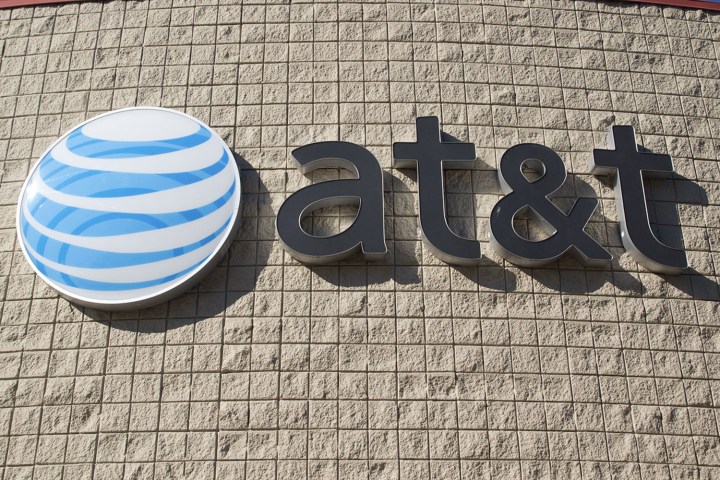
AT&T lost a total of 191,000 postpaid subscribers from January to March of 2017. Last Thursday, Verizon also reported a quarterly subscriber loss — its first ever, in fact.
Much of the floundering appears to be linked to customers’ demand for data. Both T-Mobile and Sprint have unveiled new unlimited deals, and while AT&T did reduce the price of its own plan, it apparently wasn’t enough to keep all its customers around.
“Obviously, this has made an already competitive market even more so, and our response to the unlimited data plans was probably a little slow,” Chief Executive Randall Stephenson said on the company’s post-earnings conference call. He also noted that AT&T lost market share in the first quarter of the year.
In total, AT&T’s operating revenue dropped three percent, and this was mostly attributed to low sales of phones — the lowest in the company’s history. And apparently, these less than ideal numbers may be a trend. The Dallas-based carrier said Tuesday that it would stop providing a full-year revenue forecast as wireless handset sales are so unpredictable.
Of course, all is not lost for the company. AT&T is currently engaged in an $85.4 billion acquisition deal with Time Warner that would allow it to control channels like HBO and CNN. The deal is expected to be signed, sealed, and delivered by the end of 2017. And AT&T also has grand plans to roll out 5G networks, hoping to win back customers with blazing fast speeds.
Editors' Recommendations
- Everything you need to know about the massive AT&T outage
- T-Mobile’s huge lead in 5G speeds isn’t going anywhere
- T-Mobile’s 5G is still unmatched — but have speeds plateaued?
- Here’s another big reason why T-Mobile 5G dominates AT&T and Verizon
- T-Mobile is leaving AT&T and Verizon in the 5G dust

